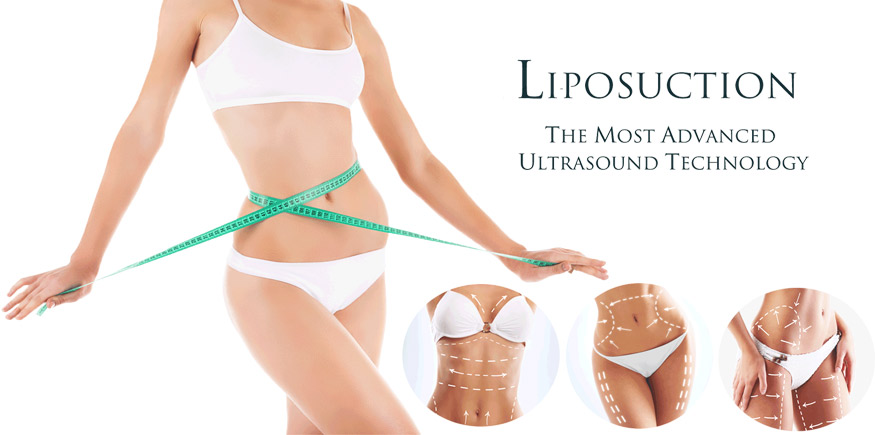
Liposuction is a medical procedure that physically removed unwanted fat from the body, arms and thighs. Oddly enough, many people consider it a weight-loss procedure when in fact it is actually a body sculpting procedure that removes fat. These fatty deposits form in many areas of the body and are not always affected by diet or exercise. They can make your body look lumpy or bumpy in all the wrong places. If body shape is important to you for whatever reason, you may want to consider undergoing liposuction.
How it is done
Liposuction is performed by a cosmetic surgeon (medical doctor) who is experienced in the procedure. It is done by inserting a small tube called a cannula just under the skin and sucking out the fatty deposits. These are usually kept until the procedure is finished so that the doctor knows how much liquid has been removed from your body. This will ensure you don’t become dehydrated.
The latest liposuction techniques
While liposuction is not considered to be major surgery or dangerous in the least, there is always some risk involved in having a general anaesthetic. The latest liposuction techniques make the procedure less painful and safer because it can be done with a local anaesthetic instead of a general one. The three newer procedures are as follows: –
- Tumescent liposuction – with this procedure, local anaesthetic is given at the site of the treatment. A special solution containing lidocaine and epinophrine is injected into the fatty tissue to be treated. This also helps to numb the area. The cannula is then inserted into the area and the fat sucked out in the traditional way. While a general anaesthetic is not normally given during this procedure, it can be if necessary. This should be discussed with your doctor beforehand. Some patients prefer to be asleep for the whole procedure. If this is the case, you may need to stay overnight in hospital.
- Ultrasound assisted liposuction – this procedure includes using ultrasound to liquefy the fatty deposits, making it easier to suck out. This is helpful in certain areas where fat is often harder and thicker, eg. the upper abdomen, back and sides.
- Laser assisted liposuction – as the name suggests, a low-energy laser is used to liquefy the fat which can then be sucked out through a small cannula.
Your doctor will advise on the best type of procedure after he has examined you and discussed your needs and expectations. If there is a large amount of fat to be removed, you may be advised to have a general anaesthetic and will then need to stay overnight in hospital. Otherwise, the procedure may be done in the doctor’s surgery or clinic, or as day-surgery in a hospital.
